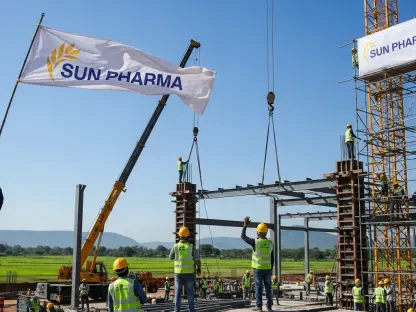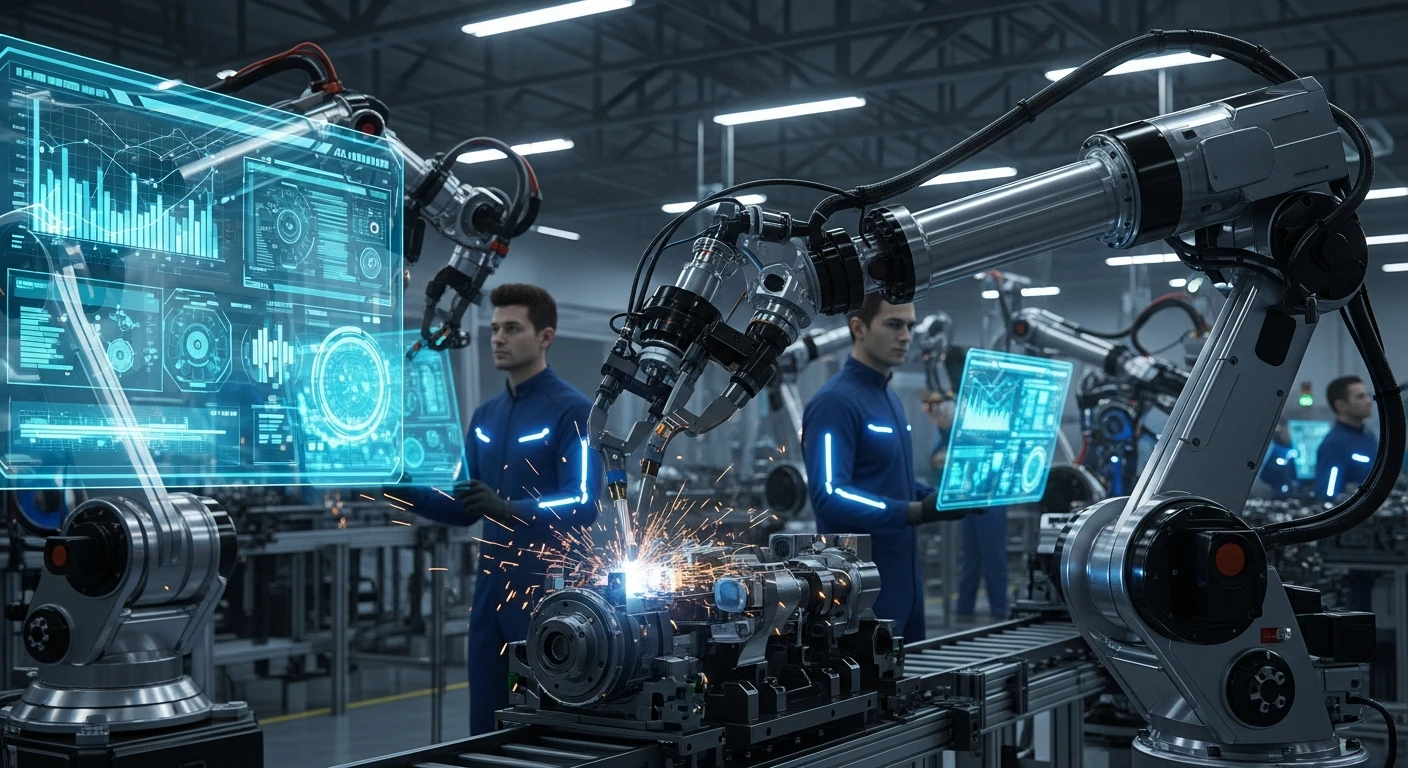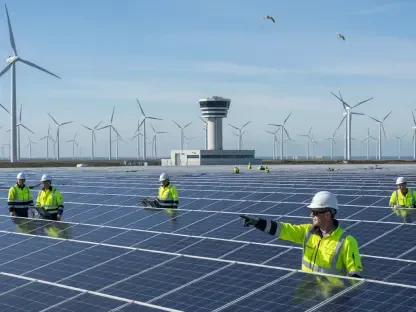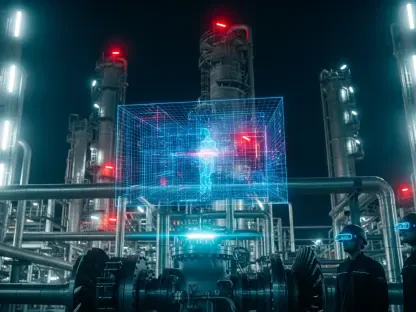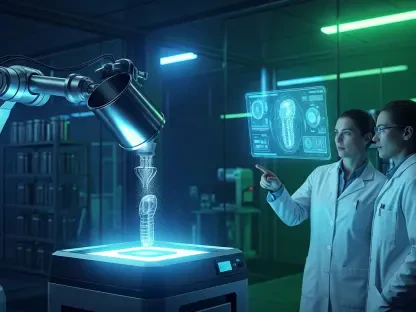Steel is renowned for its strength and durability, making it a common choice for infrastructure like bridges. However, even steel deteriorates over time, particularly under extreme weather conditions. The deterioration of steel beams in bridges can lead to failures that cause significant injuries, fatalities, and financial losses. Consequently, regular and thorough inspections are essential to ensure bridges remain safe and operational at full capacity.
Existing Challenges in Bridge Inspection
Traditional Inspection Methods
Traditional methods of inspecting steel bridges involve manually removing corroded materials and employing ultrasound single-point capture techniques. These methods are both time-consuming and labor-intensive, requiring extensive manpower and resources. Given the thousands of bridges that city and town authorities must oversee, along with other public services, there’s a pressing need for a more efficient inspection method.
Limitations and Inefficiencies
The manual nature of traditional inspections often leads to inefficiencies and potential human error. Accessibility issues and the need for heavy equipment like bucket cranes further complicate the process. These challenges highlight the necessity for a more advanced and streamlined approach to bridge inspection. The complexity of the manual inspection procedures fosters an environment where inconsistencies can arise, adding to the potential risk and inaccuracies in assessing bridge conditions.
Innovation: AI and 3D Scanning
Introduction to 3D Scanning Technology
To address these inefficiencies, researchers from Technische Universität Dresden and the University of Massachusetts Amherst sought a faster and more accurate inspection technique. They turned to 3D scanning, specifically using the Artec Leo 3D scanner. The Artec Leo is a wireless, all-in-one device that boasts a capture speed of up to 35 million points per second and an accuracy of 0.1 mm. This device provided a significant improvement over traditional scanning methods, which were often hindered by accessibility issues and the need for heavy equipment.
Initial Approach and Challenges
The researchers initially experimented with a terrestrial laser scanner to study corrosion patterns on decommissioned steel girders. This method proved effective in capturing sufficient detail for their analysis. However, the practical challenges of real-world bridge inspections, which often involve scanning hard-to-reach areas, necessitated a more versatile and portable solution. The need to overcome logistical hurdles, such as accessing tight spaces and dealing with the weight and bulkiness of conventional equipment, drove the team to seek an innovative alternative that could offer flexibility, precision, and speed.
Advanced Data Processing and Analysis
Switching to Artec Leo
The team found the Artec Leo to be an ideal tool due to its portability and ease of use. Unlike the terrestrial laser scanner, the Artec Leo allowed for efficient scanning without the need for bucket cranes and other cumbersome equipment. It facilitated quicker data gathering and provided real-time feedback on the quality of scans, ensuring high precision from the outset. With the Artec Leo, the researchers could access even the most difficult-to-reach areas, thus allowing for comprehensive data collection that could be processed into actionable insights.
Structural Analysis with FEA
Once scanned, the data was processed using Artec Studio, a software suite that provided ultra-sharp scans even on shiny metal surfaces. This software also featured advanced algorithms for texture and geometry tracking, which enhanced the quality of the scans. The team used the program’s built-in inspection tools to analyze the beams but ultimately opted to work with raw point clouds to minimize the risk of misalignment. By focusing on the raw data, they could ensure the highest degree of accuracy and detail, necessary for precise structural analysis.
AI Training and Predictive Capabilities
Converting Data into Contour Maps
The next step involved converting the collected data into 2D contour maps that illustrated the remaining thickness of each girder’s steel panel. These maps offered inspectors a quick visual representation of a beam’s condition. However, the research team aimed to take this a step further by using the data to predict bridge capacity. The contour maps allowed for a visual assessment but lacked the depth and predictive power needed to forecast potential future failures or loading conditions.
ABAQUS FEA Software and AI Integration
The contour map data was placed into a coordinate system and fed into the ABAQUS finite element analysis (FEA) software for structural analysis. Multiple scans of decommissioned beams were analyzed, and various scenarios in which overloading could lead to failure were computationally generated. To enhance the predictive capabilities, the team trained an AI model using the generated data. This AI was designed to identify patterns between input data and calculate the capacity of the beams. By doing so, load rating engineers could use 3D scanning-derived contour maps to automatically assess a beam’s ability to carry predetermined loads, significantly improving predictive maintenance protocols.
Practical Application and Future Prospects
Real-World Testing
After validating their approach in a controlled environment, the researchers applied it to an in-service bridge in Massachusetts. Despite challenges like vibrations and accessibility issues, they successfully scanned the beams and generated the necessary data for accurate load ratings. This validation phase was crucial in demonstrating the reliability and effectiveness of their innovative approach in real-world scenarios, overcoming practical obstacles that could impact data integrity and overall inspection outcomes.
Industry Adoption and Future Integration
Steel is highly regarded for its strength and durability, which is why it is often used in the construction of infrastructure projects such as bridges. Despite its robust nature, steel is not immune to deterioration, especially when exposed to harsh weather conditions over time. The degradation of steel beams in bridges presents a significant risk, as it can result in structural failures. These failures can lead to tragic outcomes, including serious injuries, fatalities, and considerable financial losses. To mitigate these risks and ensure the safety and efficiency of bridges, it is crucial to conduct regular and detailed inspections. Proper maintenance and timely repairs based on these inspections can prevent small issues from escalating into major problems. Engineers and maintenance crews must pay close attention to signs of wear and corrosion. By doing so, they help extend the lifespan of steel structures and ensure they remain safe and operational at full capacity. Thus, continuous monitoring and maintenance are vital for the long-term integrity of steel bridges.



